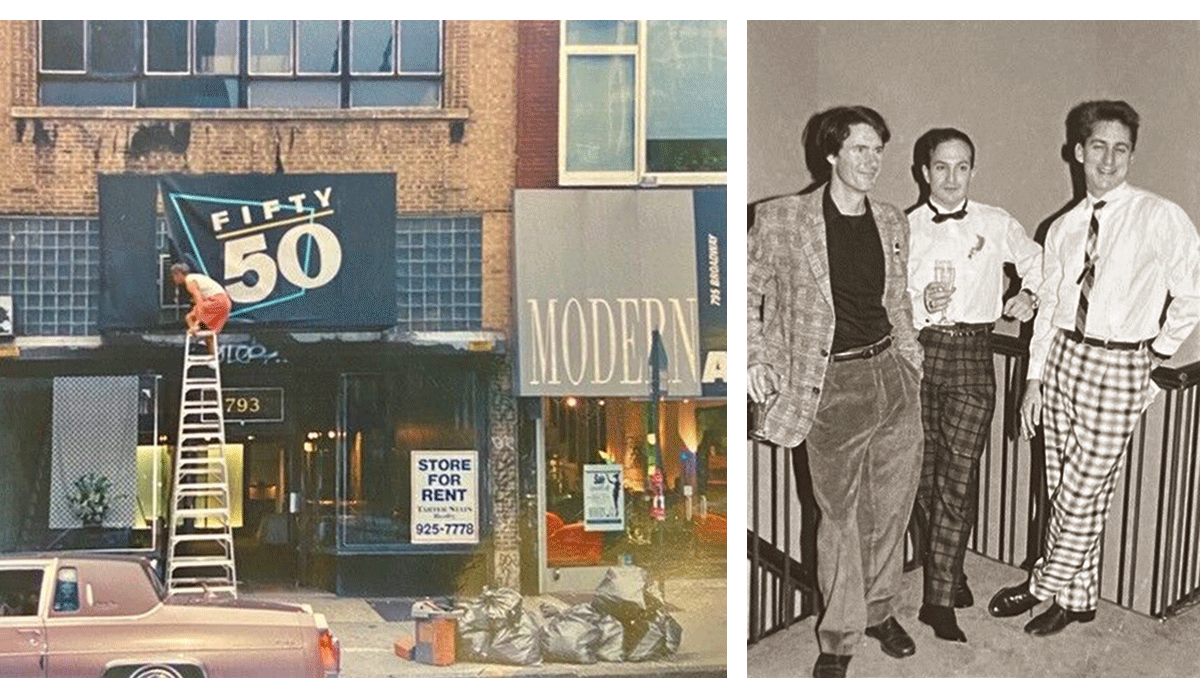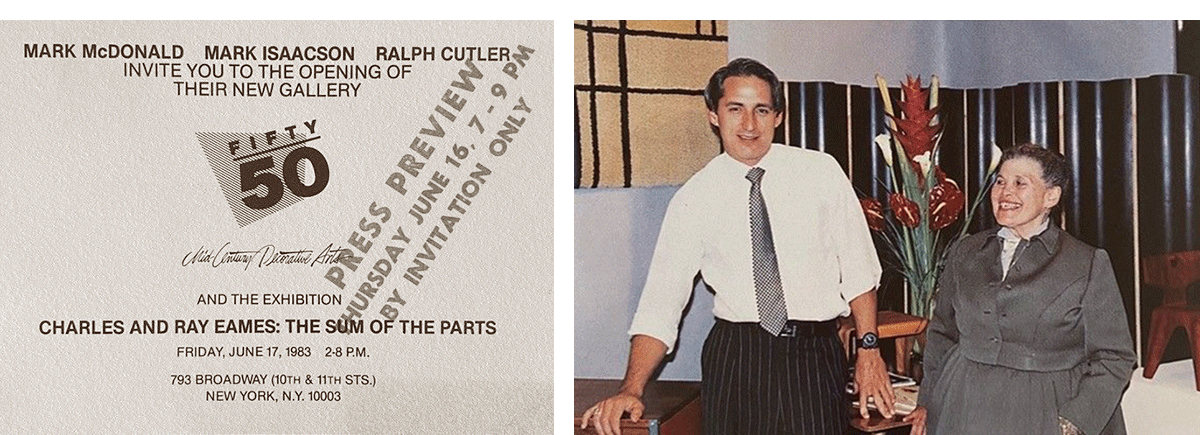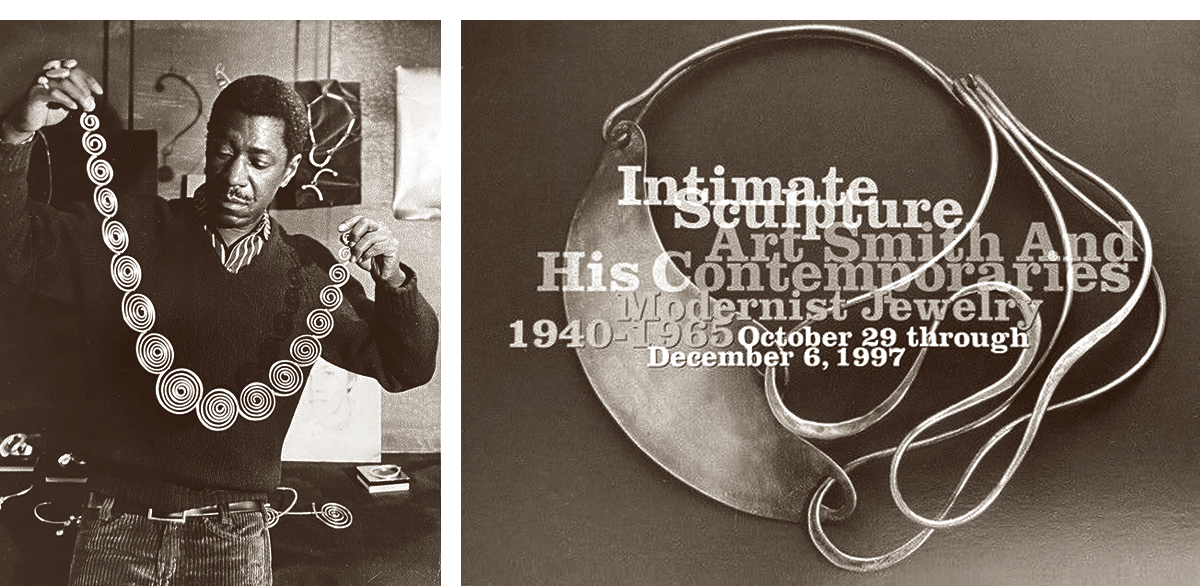245
245
Ralston Crawford Monographs, sixteen
Ralston Crawford Monographs, sixteen
estimate: $150–200
result: $1,063
provenance: Collection of Mark McDonald
Ralston Crawford William Agee, Twelve Trees Press, 1983. 174 pages, Hardcover with dustjacket.
Ralston Crawford William C. Agee, Twelve Trees Press, 1983. 174 pages, Hardcover with dustjacket.
Ralston Crawford William C. Agee, Twelve Trees Press, 1983. Color, 174 pages, Hardcover.
Ralston Crawford William C. Agee, Twelve Trees Press, 1983. Color, 174 pages, Hardcover with dustjacket.
Graphics '73 Ralston Crawford, University of Kentucky. B & W, 96 pages, Softcover.
Graphics '73 Ralston Crawford, University of Kentucky, 1973. 96 pages, Softcover.
Ralston Crawford Barbara Haskell, Whitney Museum of American Art, 1985. 160 pages, Softcover.
Ralston Crawford Barbara Haskell, Whitney Museum of American Art, NY, 1985. B & W/Color, 160 pages, Softcover.
Ralston Crawford's America, Hirschl & Adler Galleries, NY, 1996. Color.
Ralston Crawford and the Sea Ratcliff, Hirschl & Adler Galelries, 1991. 80 pages, Softcover.
Mark McDonald has always been at the epicenter of the world that is mid-century design, to a large extent, it is a world he created. For over forty years, Mark has pioneered whole fields of collecting, providing the scholarship and creating the market for mid-century furniture, studio jewelry, ceramics and Italian glass.

In 1983, Mark opened Fifty/50 with partners Mark Isaacson and Ralph Cutler. This groundbreaking gallery defined collectors’ taste. At the time, modern works were still largely overlooked; Mark and his partners collected and presented the rarest and most interesting pieces, often working with the makers themselves, to create compelling exhibitions accompanied by catalogs documenting the work.

In the 1990s, Mark opened Gansevoort Gallery, where he continued to curate collections and exhibitions of lasting impact. Over the years, he established relationships with artists and their estates becoming the go to authority on the designs of Art Smith, Ilonka Karasz and Leza McVey, among others. His enthusiasm for the material extended beyond the gallery floor to the back room where lucky visitors got to flip through Mark’s impressive design reference library and discuss the importance of works with him.

A connoisseur and wealth of knowledge, Mark became a resource for prominent collections across the globe—private and public alike. He inspired a generation of collectors and dealers introducing designers and their production to an audience that continues to grow. In 2002, Mark closed Gansevoort and established 330 gallery in Hudson, New York. Now, semi-retired, Marks splits his time between New York and Florida. He still collects, curates, supports, and shepherds the scholarship of mid-century design.